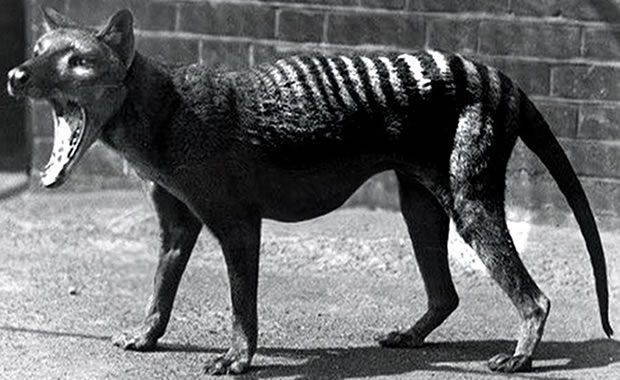Creature Profile
The flat pebblesnail is an aquatic snail that is only found in the Cahaba River drainage in Alabama. Snails are mollusks that have coiled or spiral shells covering their soft bodies, and the shells get bigger toward the opening as they grow. Some aquatic snails may come to the water surface to get oxygen, which they can hold within the shell, and some have gills to extract oxygen from the water. No freshwater snail can live long term out of the water.
The flat pebblesnail can only thrive in a freshwater habitat and can be found in shoals, rapids and riffles or large streams and rivers. This species is more than likely herbivorous, feeding on algae and small pieces of dead or decaying plants in the water. All snails hibernate in the winter and they are "hermaphrodites", possessing both male and female reproductive organs. A small slit appears on the neck where the fertilization occurs and the eggs develop. After hatching from the eggs, the larvae swim freely in the water and soon begin to grow a shell, which eventually weighs them down, making them pedestrian.
The flat pebblesnail has disappeared from more than 90% of its historic range, and the estimated population of the species is fewer than 1000 mature individuals. Causes of decline include impoundment, channelization, mining, dredging, and pollution. The species is now legally protected and a recovery plan has been developed by the US Fish & Wildlife service which includes the annual monitoring of the species and its habitat and establishing a captive population, later to be reintroduced into the wild.
Wikipedia Article

|
Wikipedia Article Copyright Notice: This article is licensed under the GNU Free Documentation License. It uses material from the Wikipedia article "Flat pebblesnail". |
April 30, 2017
Glenn, C. R. 2006. "Earth's Endangered Creatures - Flat Pebblesnail Facts" (Online). Accessed 4/23/2024 at http://earthsendangered.com/profile.asp?sp=747&ID=9.
Need more Flat Pebblesnail facts?




